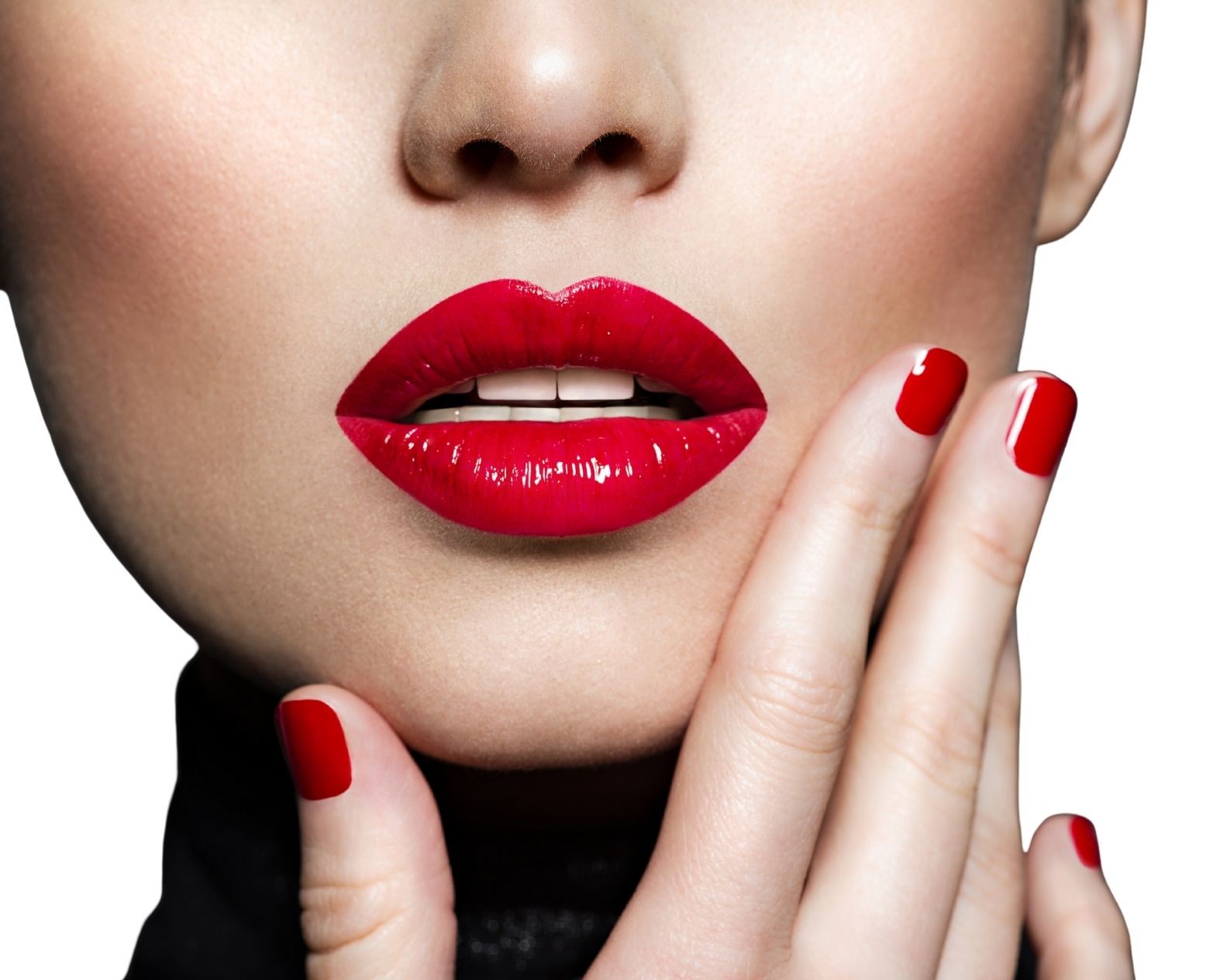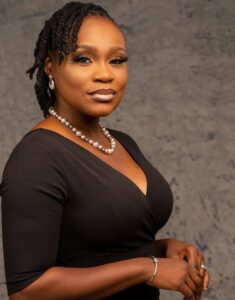How red lips went from demonic deception to divine declaration
By Tilly Boateng
There’s a particular kind of power that comes with wearing red lipstick. You feel it. The confidence. The drama. The attitude. You swipe it on and suddenly you’re less “girl next door,” more “you can’t sit with me.” But centuries ago, that same tube of lipstick would have you branded a witch. Like, real broomstick-and-bonfire level witch.
Yes, the iconic red pout was once a symbol of suspicion, rebellion, and literal sorcery.
Kiss of Death (And Other Medieval Dramas)
Let’s rewind to the Middle Ages, where everything unexplained was quickly dumped into one of two boxes: sin or sorcery. A woman who dared to paint her lips red? Suspicious. Unnatural. Possibly possessed.
At the time, red was associated with the devil, blood, and temptation. So naturally, a woman walking around with crimson lips was considered to be casting spells, seducing men, and probably plotting something under a full moon. Makeup, in general, was frowned upon, but red lipstick? That was next-level rebellion. In fact, in some places, it was believed that wearing it allowed women to “ensnare men’s souls.” All from a single swipe. Talk about overestimating the power of cosmetics.
Queen Elizabeth I: Royal Rule Breaker or Beauty Witch?
Interestingly, one of the earliest lipstick icons was Queen Elizabeth I. She painted her face white and her lips bright red, a look that became instantly associated with status, royalty, and English drama. But even her royal seal of approval didn’t fully protect lipstick from scandal.
Despite the queen’s personal preference for bold makeup, the average English woman risked serious backlash if she copied the look. The Church declared lipstick a tool of the devil. Clergy warned that women who painted their faces were disguising their true selves, and thus, deceiving not just men, but God. It got so extreme that women could have their marriages annulled if it was discovered they wore makeup during their wedding. Lipstick was, quite literally, grounds for divorce.
Lipstick in the Shadows
The stigma stuck. For centuries, lipstick was associated with prostitutes, performers, and women on the social fringe. Only “loose” women wore makeup. The respectable ones were expected to stay bare-faced and invisible. Lipstick was for women who wanted to be seen. And that’s exactly why it scared people.
Because lipstick isn’t just about beauty. It’s about intention. Choice. Control. The kind of things patriarchy historically tries to mute.
The stigma stuck. For centuries, lipstick was associated with prostitutes, performers, and women on the social fringe. Only “loose” women wore makeup.
The respectable ones were expected to stay bare-faced and invisible. Lipstick was for women who wanted to be seen.
And that’s exactly why it scared people.
Because lipstick isn’t just about beauty. It’s about intention. Choice. Control. The kind of things patriarchy historically tries to mute.
Enter the Suffragettes and a Bold Red Comeback
Then came the early 1900s, and with it, a glorious shift. The suffragettes, women fighting for the right to vote adopted red lipstick as part of their unofficial uniform. It wasn’t random. It was radical. By painting their lips in bright crimson, these women signaled defiance, visibility, and ownership of their bodies. They were no longer hiding. They were taking up space. Publicly. Loudly. And beautifully.
Suddenly, red lips weren’t witchy. They were political.
From Marilyn to Rihanna: The Evolution of a Statement
By the 1940s and 50s, red lipstick had gone mainstream. Hollywood glamazons like Marilyn Monroe and Elizabeth Taylor made it irresistible. It became the ultimate femme-fatale weapon sexy, dangerous, but now widely accepted.
Fast forward to now, and red lipstick remains a symbol of power. Think Rihanna launching Fenty with a fire red lip, or Alexandria Ocasio-Cortez shutting down Congress in Stunna. It’s not just makeup. It’s a message: I’m here. I know who I am. And I’m not toning it down for anyone.
So, Was It Ever Really About Lipstick?
Not quite. The fear wasn’t in the colour it was in the confidence. The choice. The presence. Red lipstick draws the eye, demands attention, takes up visual space. And for much of history, women were taught to do the opposite.
So when a woman painted her lips red in a world that wanted her silent and small, it wasn’t witchcraft. It was war paint.
Today, we wear lipstick freely. We switch from gloss to matte, cherry to oxblood, nude to coral. But that freedom wasn’t always guaranteed. Red lips walked a long road through fire, scandal, religion, rebellion, and runway to end up in your everyday makeup bag.
So the next time you swipe on that perfect shade of red, remember: it’s not just cute. It’s ancestral. It’s revolutionary.
And maybe, just maybe, a little bit magical.







